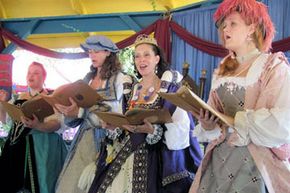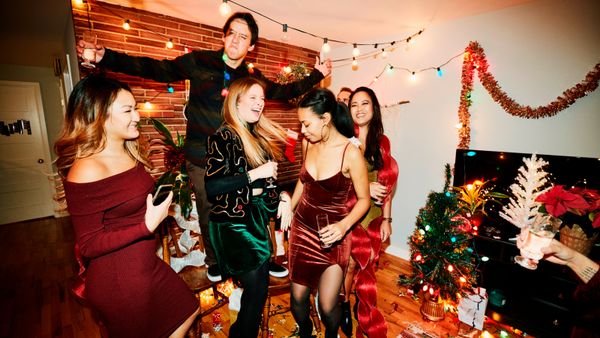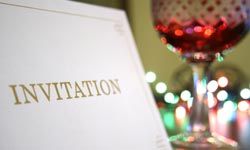What do you get when you combine some wenches, royalty, jesters, Christ-child stories and several courses of food and drink? About half of the action packed into a madrigal dinner. Add some drama, comedy (often of the bawdy, innuendo type) and a steady stream of string-laden Renaissance music and you have a celebration for the season, the Christmas season, that is.
Madrigal dinners follow the tradition of parties hosted by the ruling classes in Europe during the 14th through 17th centuries. They were historically sumptuous feasts centered on the 12 days of Christmas and included a combination of religious homage and worldly delight all at the same time. Re-creations of these dinners in the 21st century are widespread across the United States, but many single out a theme of the feasts of olde by focusing on the humor, drama, music or religious aspect without covering all of the elements at the same time.
Advertisement
While a madrigal itself is a musical performance, a madrigal dinner always includes a combination of at least entertainment and food. Many schools, churches and community organizations host this seasonal event as a way to raise money for a cause or program, and they budget the festivities in part through volunteers or student participation built into class work.
Many madrigal dinners become annual events that have lasted decades and sell out on word-of-mouth alone. Planning a madrigal dinner for the first time may involve some advertising, but creating buzz about an eat-drink-and-be-merry-party-performance that the audience even gets to be a part of is probably not going to be too challenging.
Advertisement




